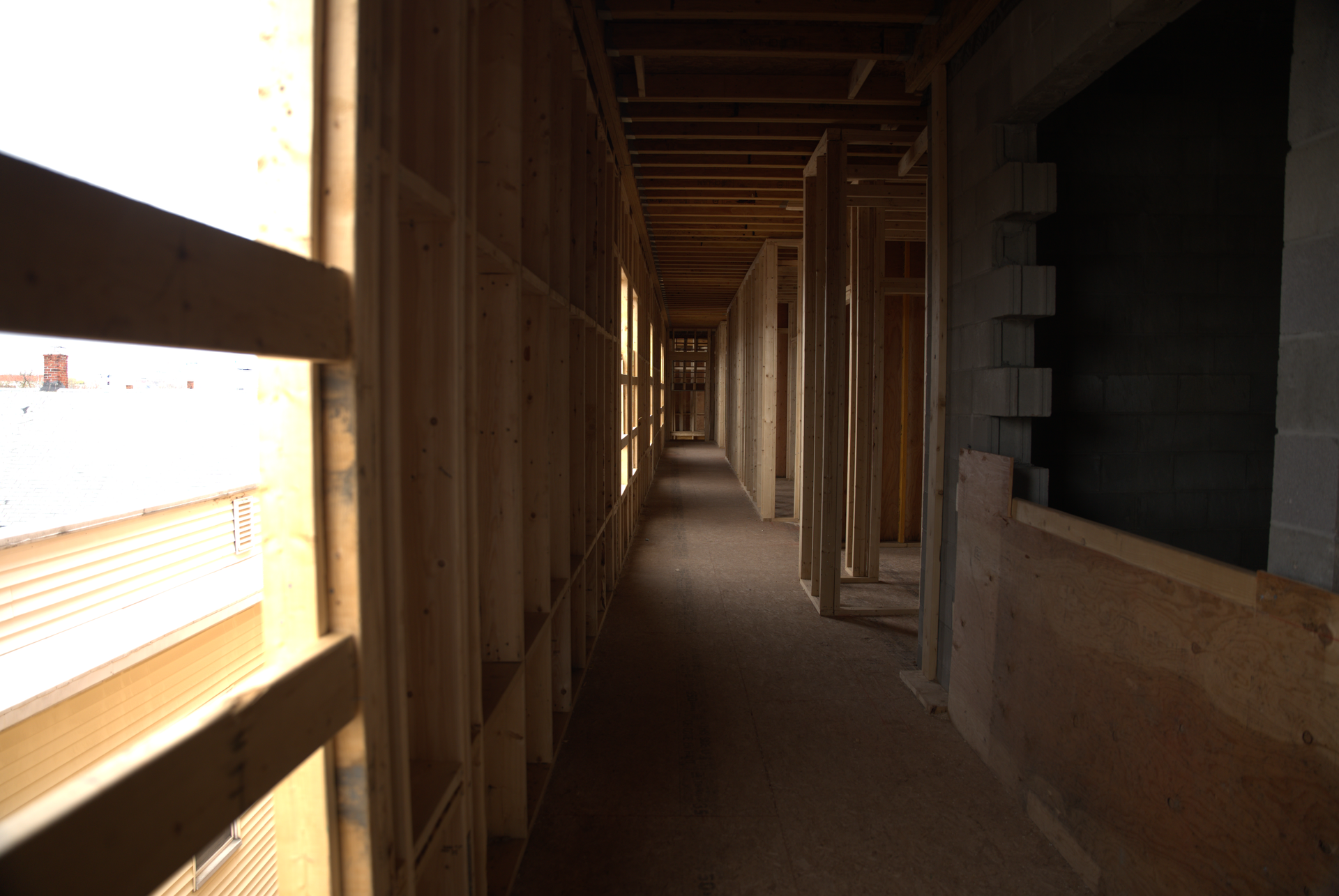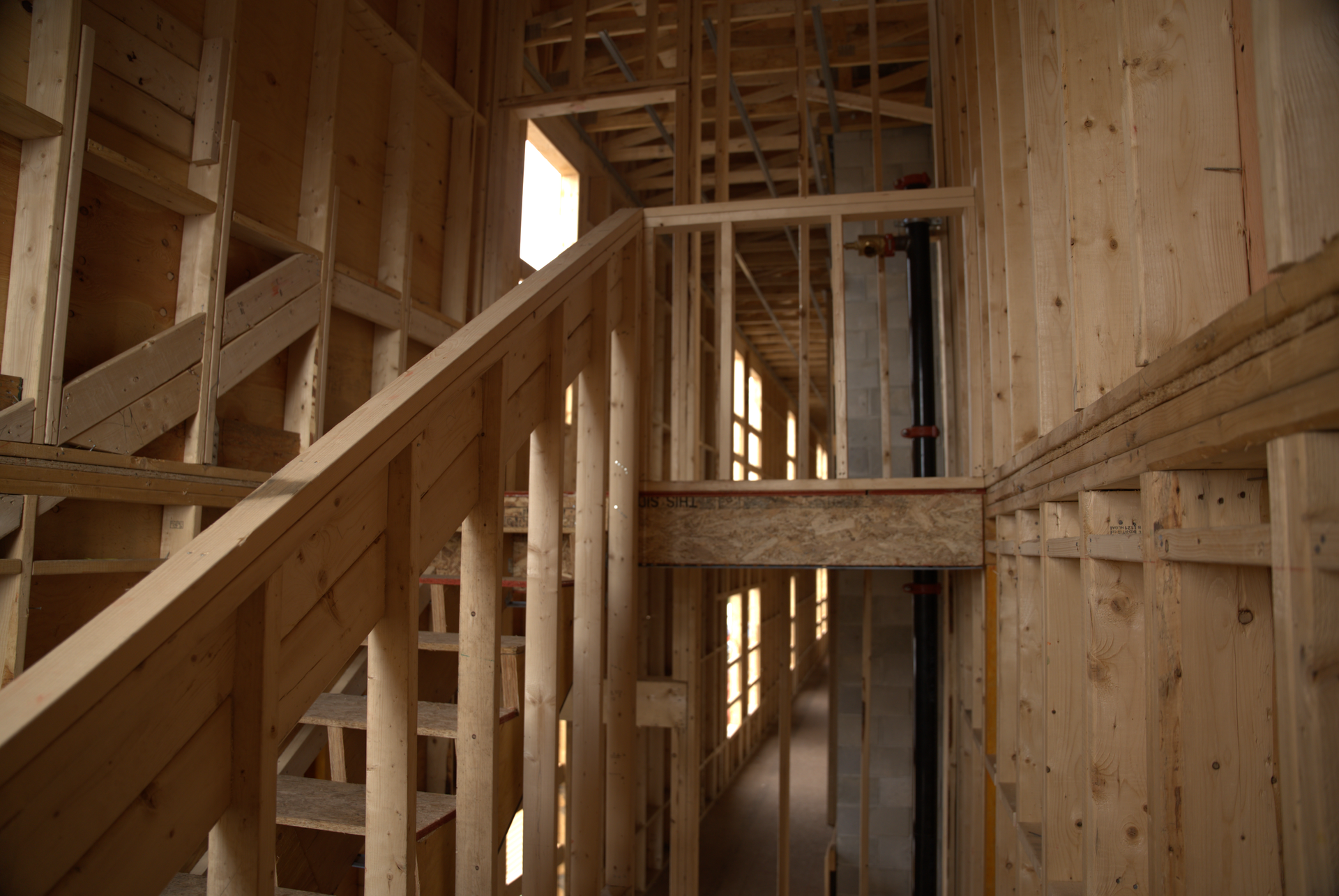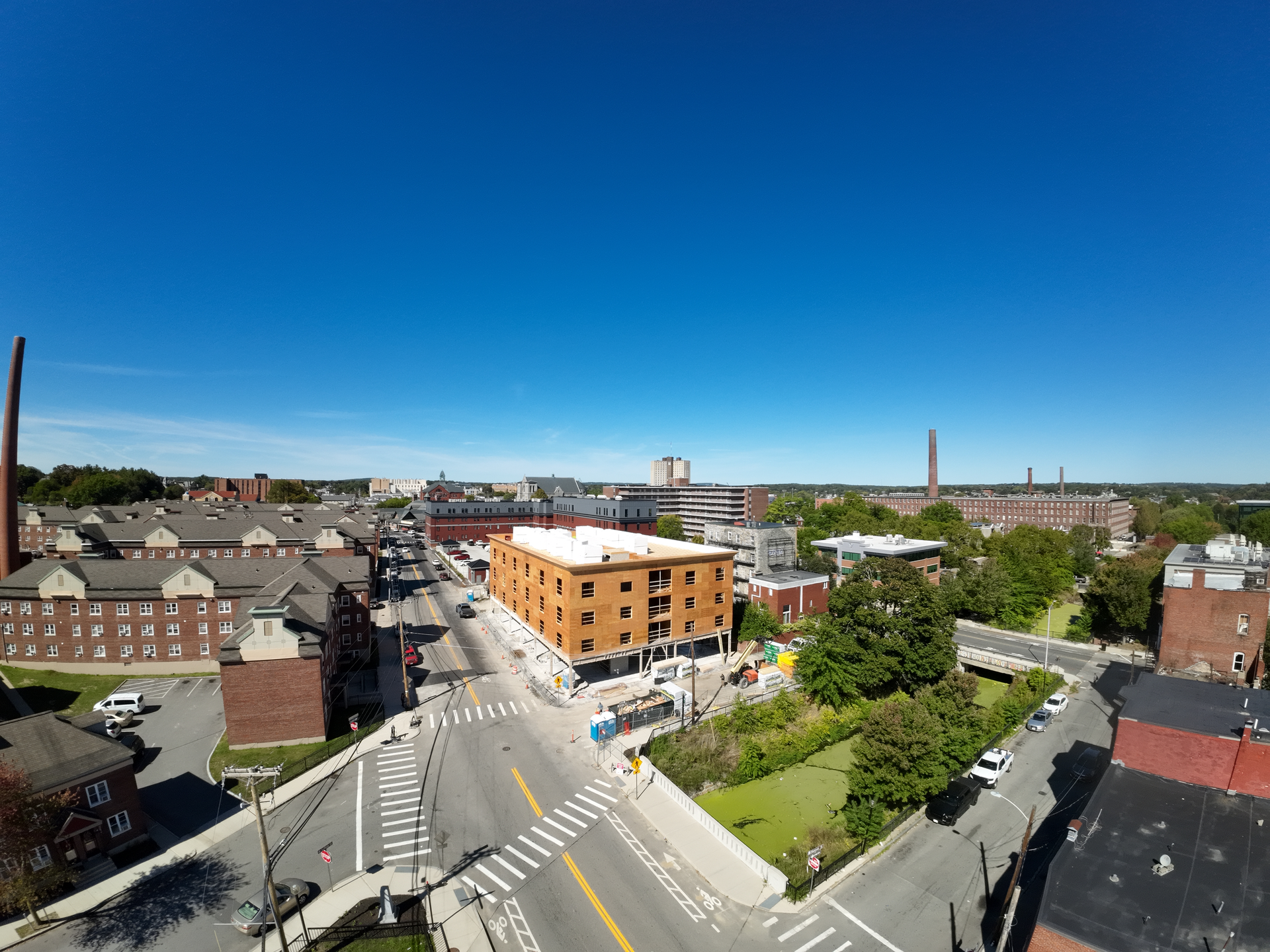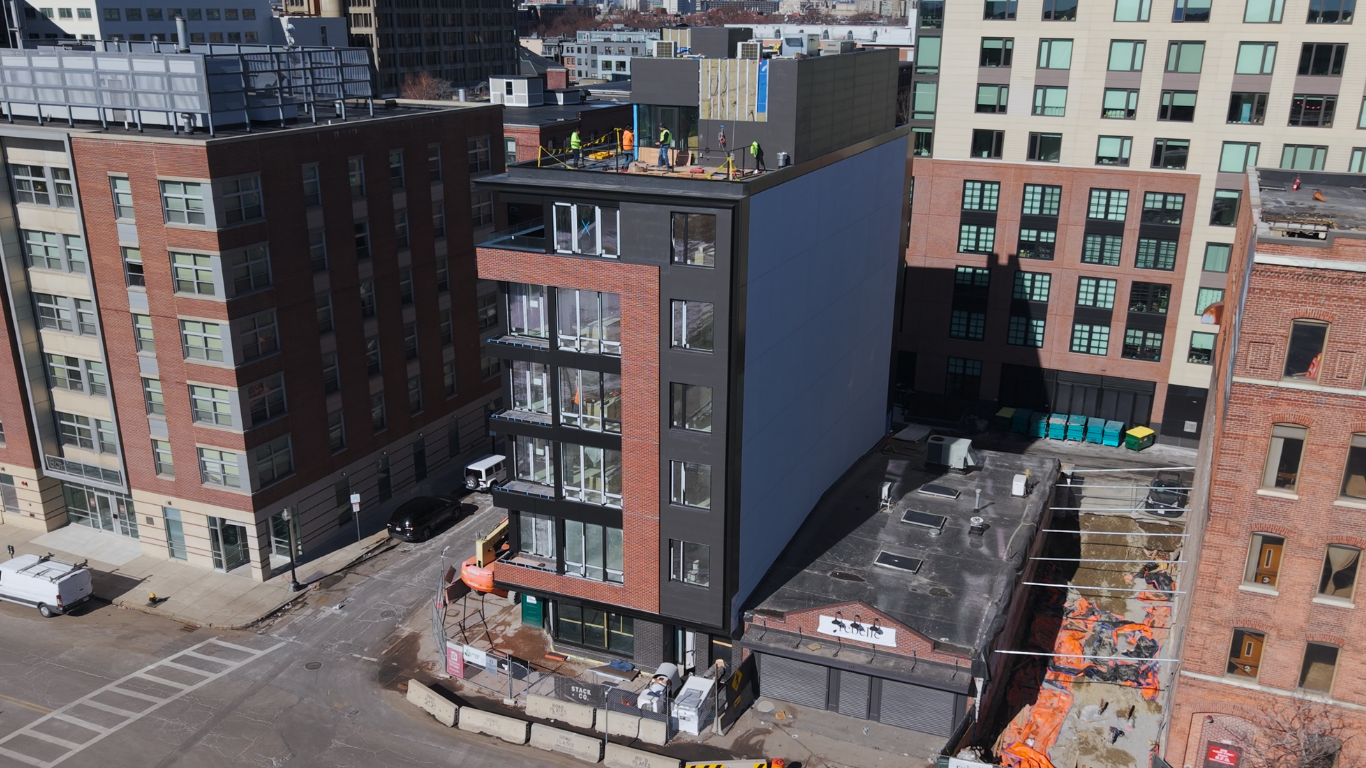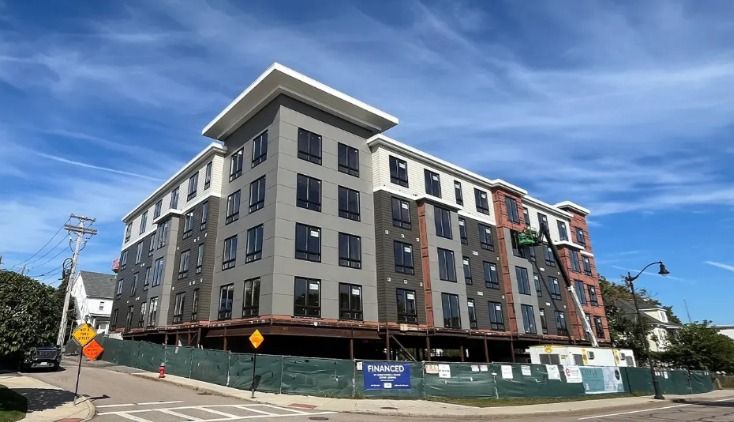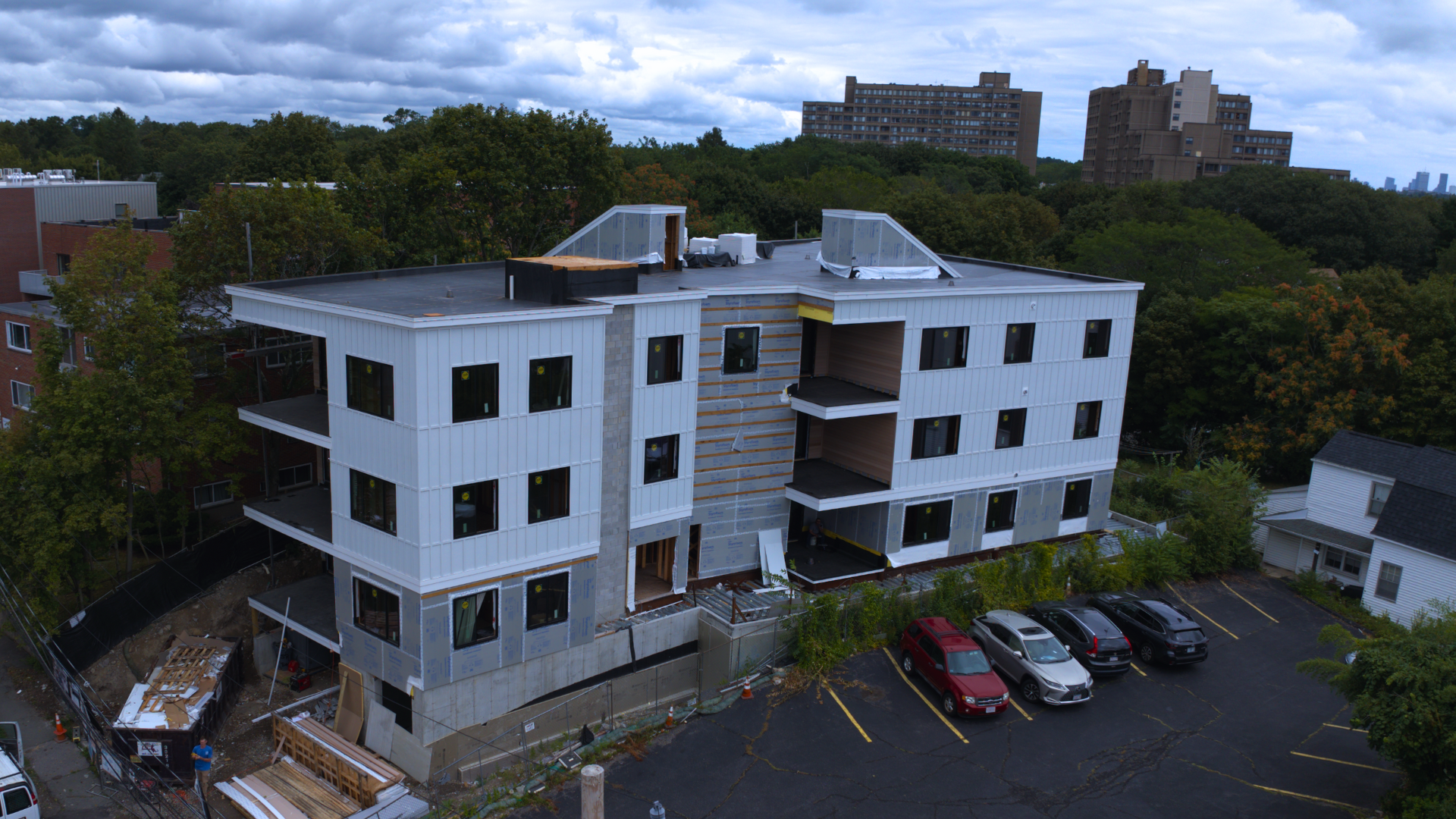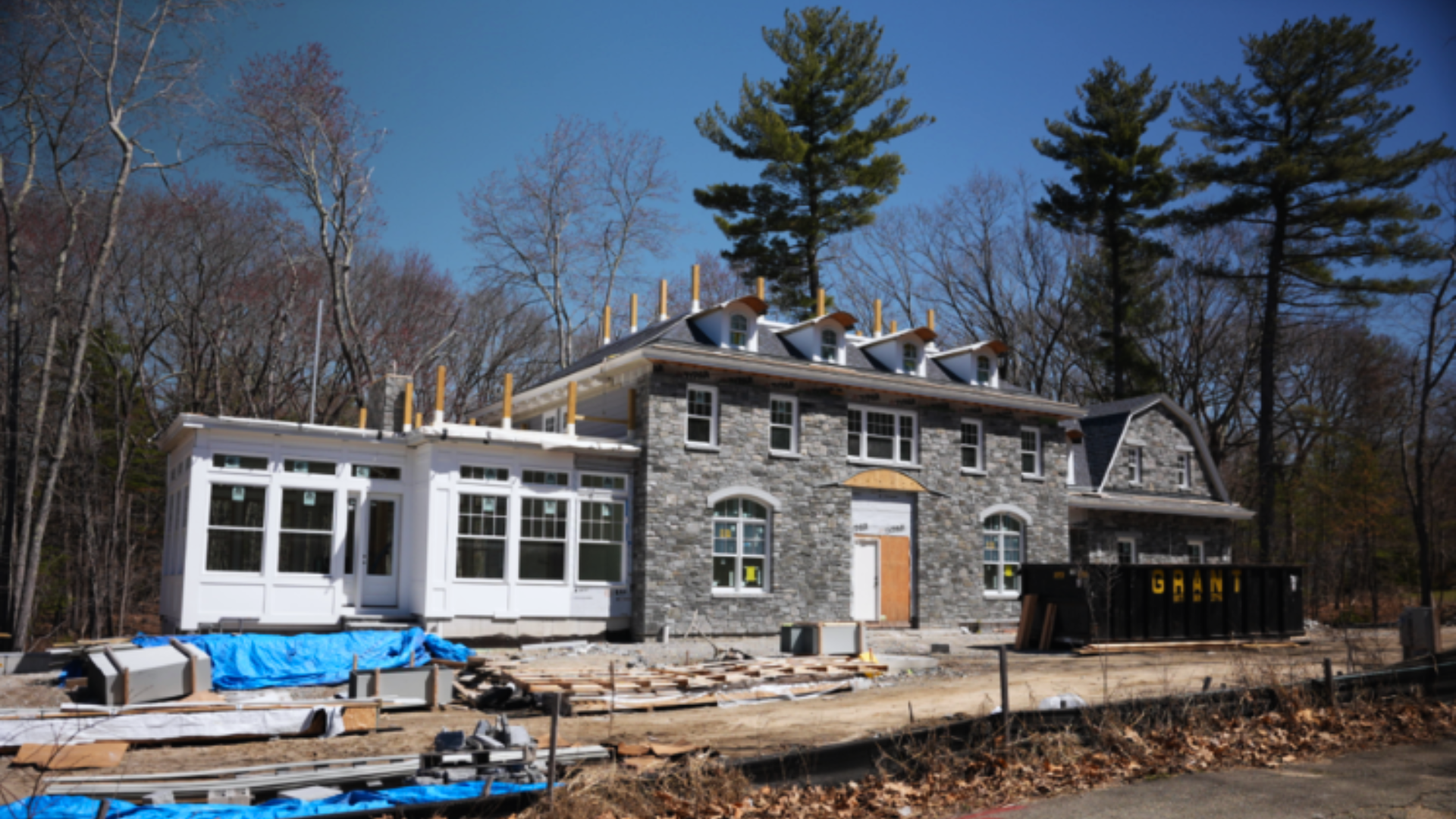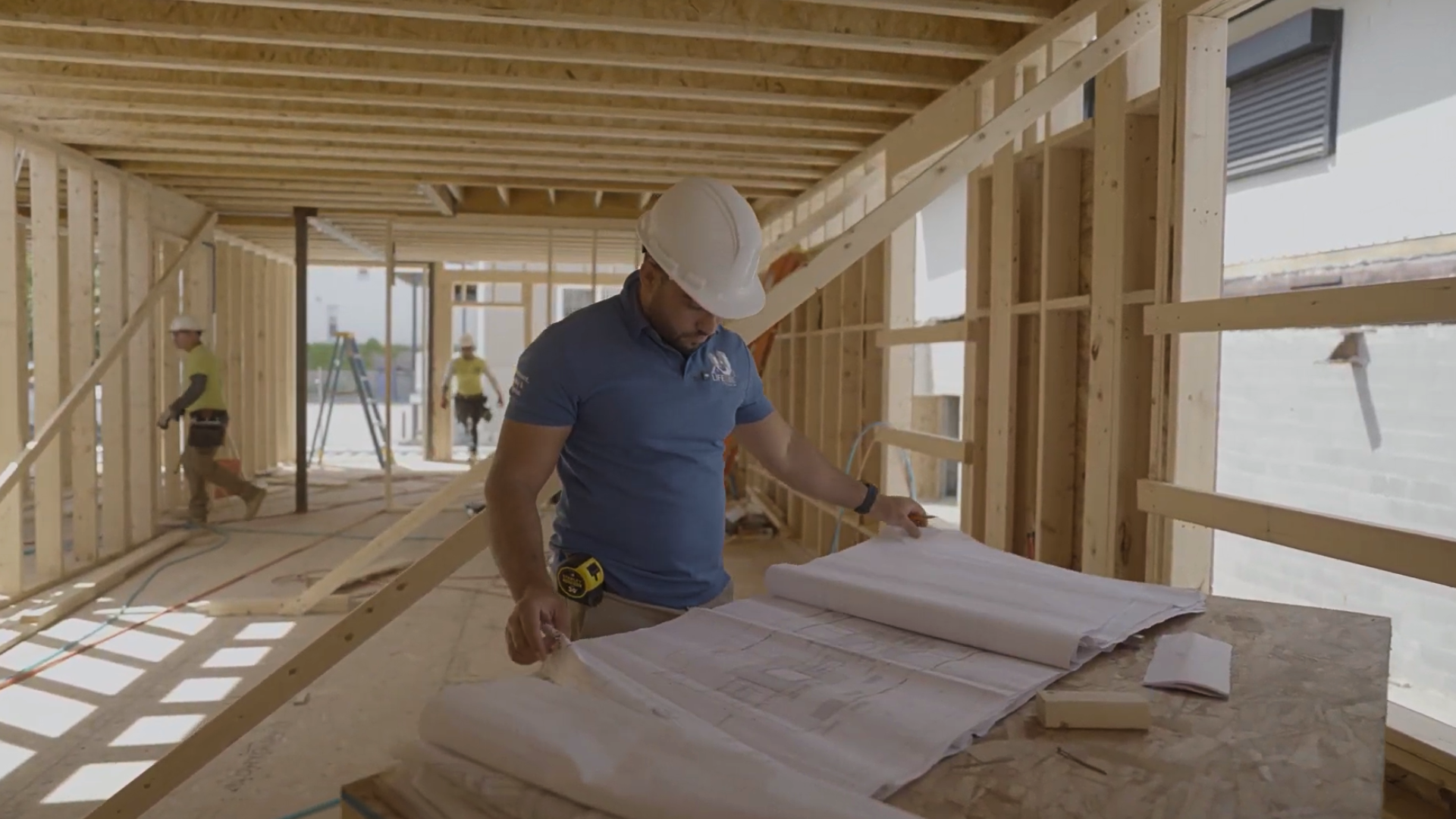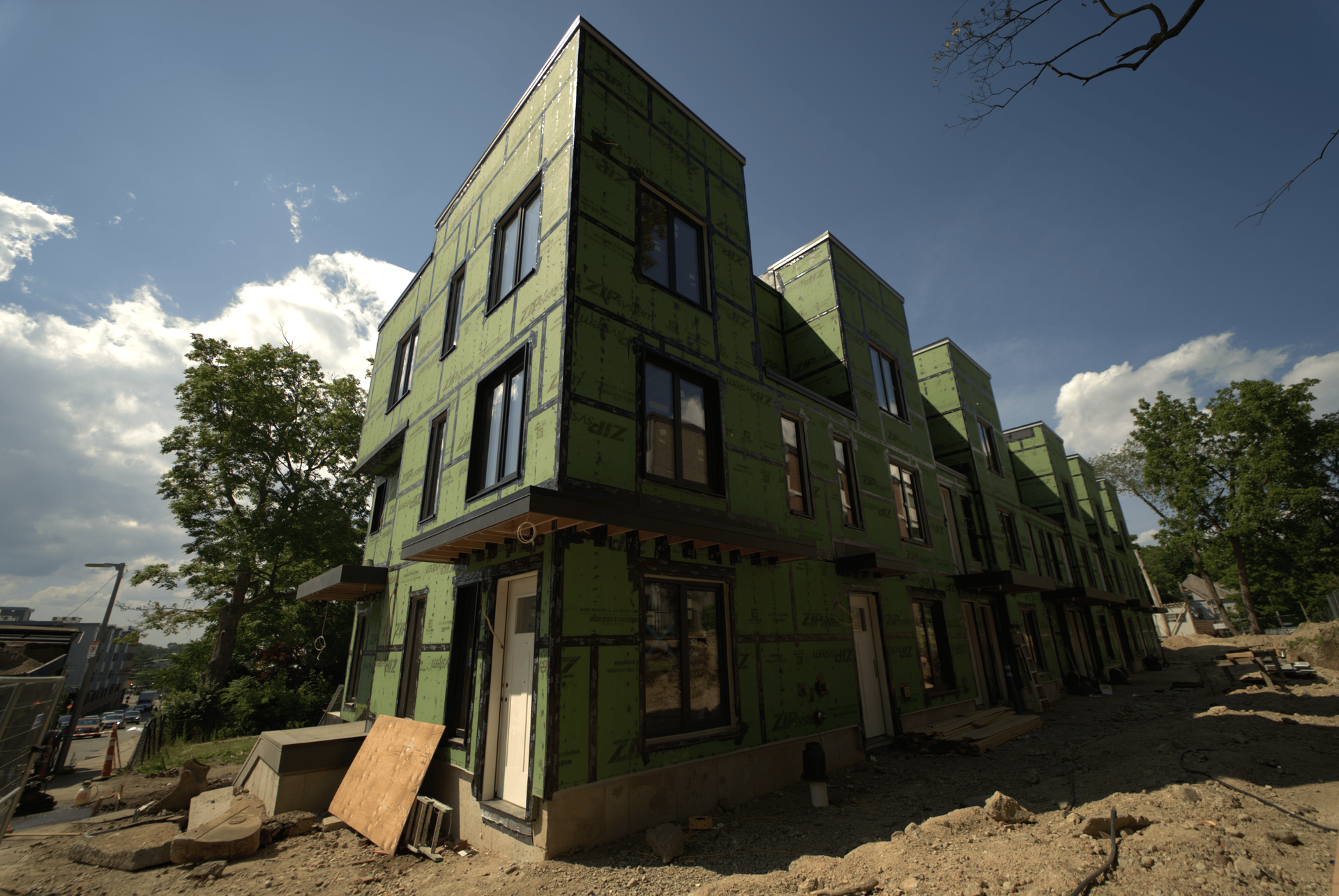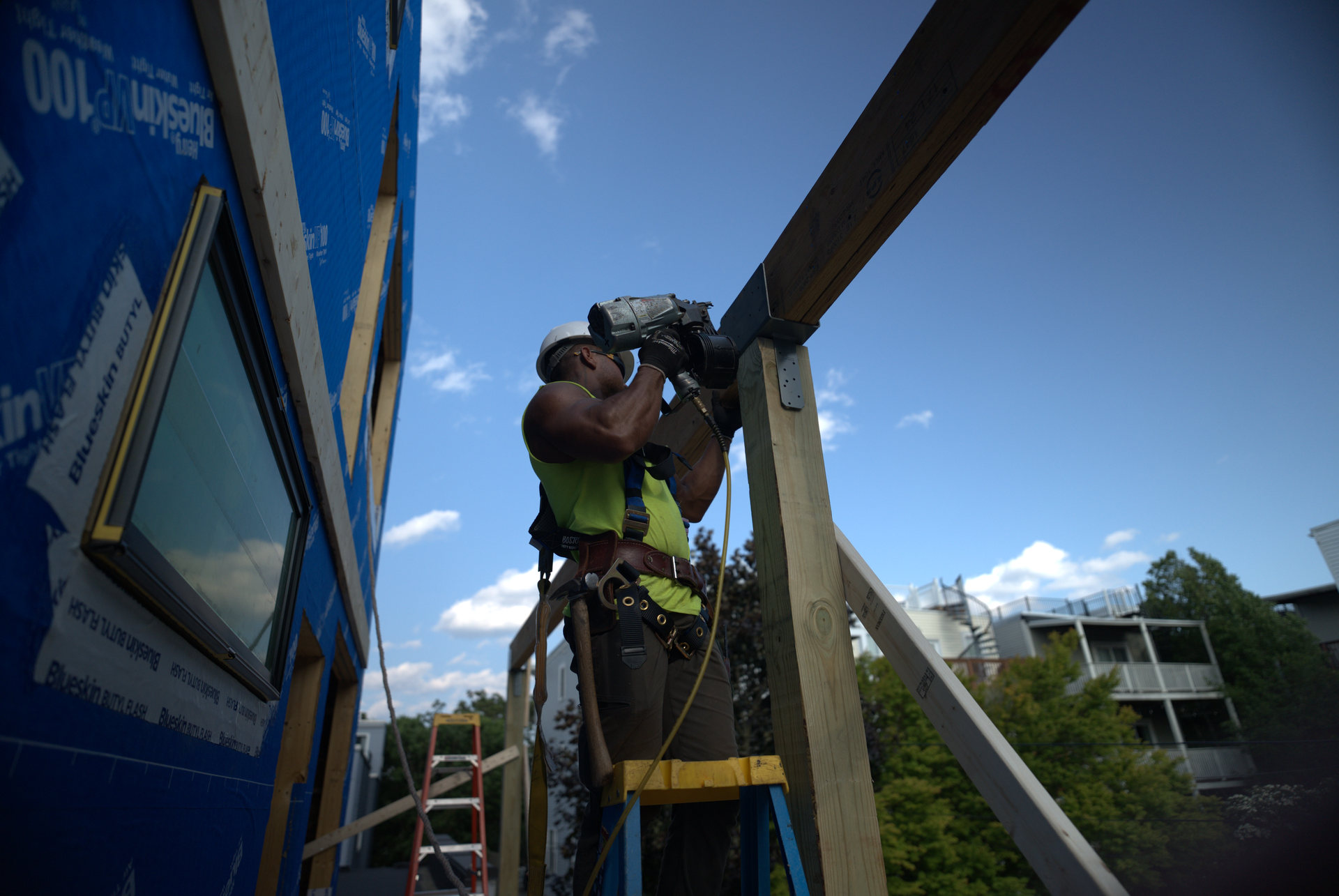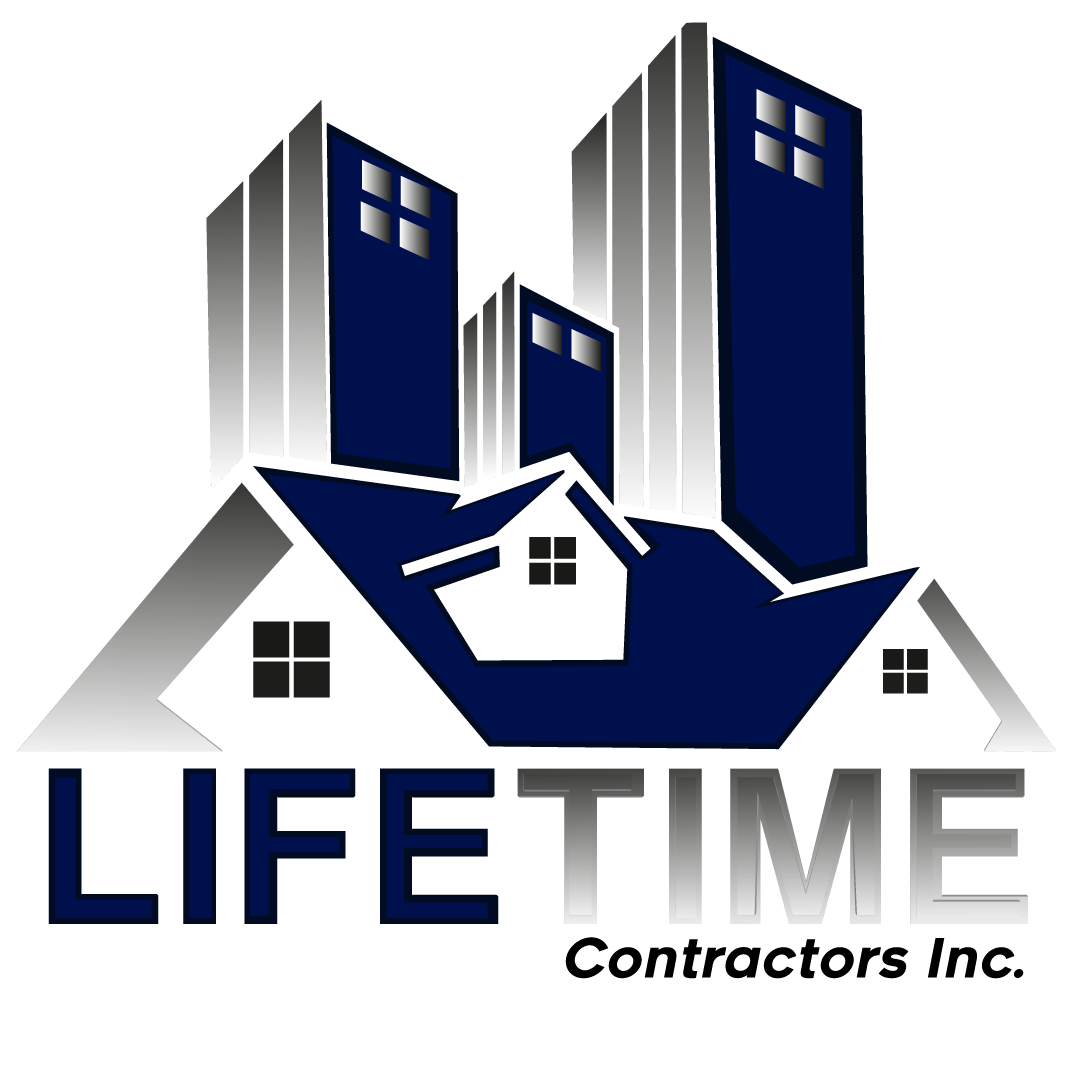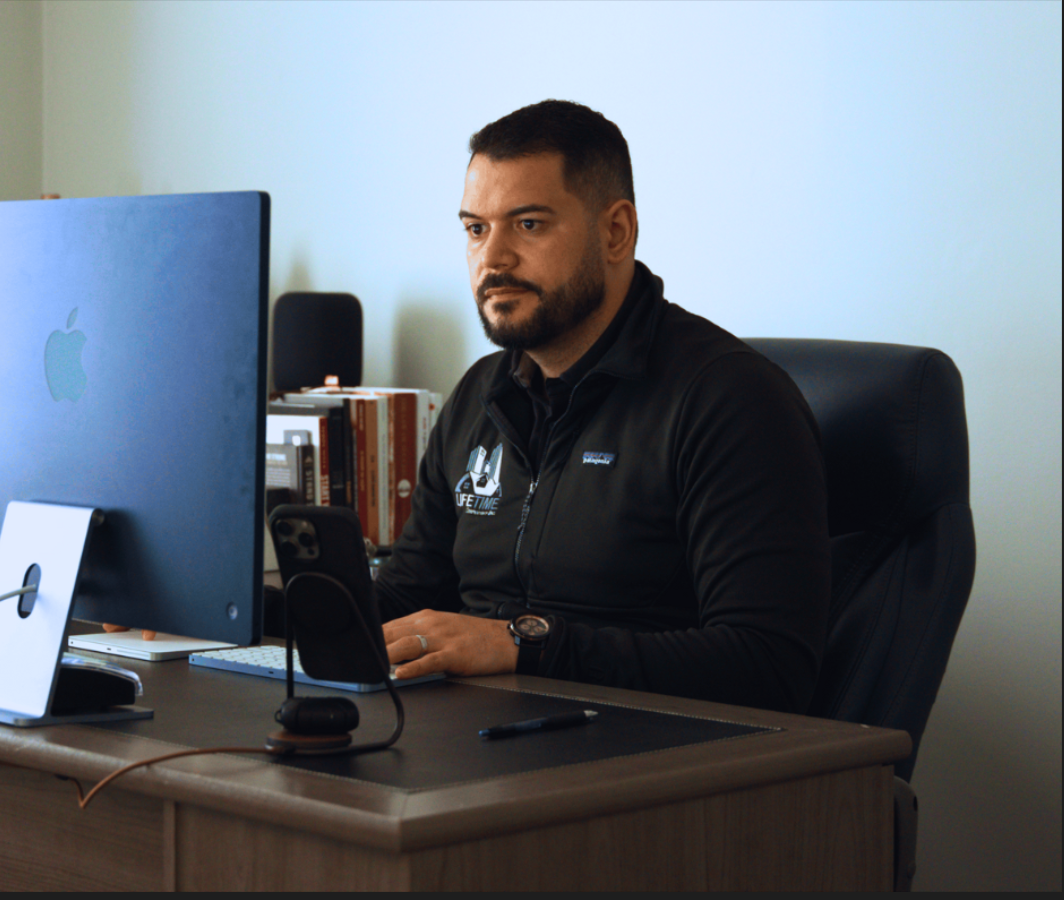By Bryan
•
October 31, 2025
In large construction projects, every decision creates a ripple effect, from design and budgeting to long-term performance and client satisfaction. Among those choices, siding sits right at the intersection of aesthetics, durability, and value . For general contractors and developers in Massachusetts, selecting the right siding system isn’t just a design decision, it’s a strategic investment that shapes financial return, market appeal, and the long-term resilience of the entire build. Why siding really matters It’s easy to think of siding as just the “skin” of a building, the final layer that defines its look and protects what’s inside. But in reality, siding plays a key role in energy performance, weather resistance, and lifetime maintenance costs . In commercial, multifamily, and mixed-use developments, the siding system directly impacts: Property value and resale potential Operational and maintenance budgets Tenant satisfaction and occupancy rates Energy efficiency and insulation performance Compliance with local codes and sustainability standards In other words, smart siding decisions can make or break the total cost of ownership. The ROI of quality siding Massachusetts weather doesn’t go easy on buildings. Between Nor’easters, humidity swings, and constant freeze-thaw cycles, siding systems are always under stress. Choosing premium materials and partnering with an experienced installation team pays off in durability, efficiency, and peace of mind. A high-performing siding system can: Prevent costly repairs caused by moisture or warping Lower insurance risks related to fire, impact, and severe weather Improve thermal performance and energy efficiency Enhance curb appeal, a major factor in leasing and resale value According to multiple building performance studies, fiber cement and engineered wood siding deliver some of the highest ROI among all exterior construction materials, even on large-scale commercial projects. Why material choice makes all the difference Not all siding materials perform the same, and on big projects, even small differences multiply across thousands of square feet. Here’s what general contractors and developers should consider: Fiber Cement Siding: Exceptionally durable, non-combustible, and ideal for New England’s climate. Often the top choice for multifamily and commercial buildings that require fire resistance and longevity. Engineered Wood: Offers a natural wood look with lighter weight and advanced coatings that resist rot, insects, and UV fading. Vinyl and Composite Systems: Cost-effective for mid-market projects, providing flexibility, color variety, and minimal maintenance. Metal Panels: Popular for modern commercial façades — sleek, weather-resistant, and architecturally versatile. Each option strikes a different balance of cost, appearance, and performance, but true success lies in how it’s installed, through precise detailing, proper moisture control, and alignment with the architect’s intent. Long-term value: Thinking beyond installation The real cost of siding isn’t just in the materials or labor, it’s in how it performs over decades. A properly installed system that prevents water infiltration, resists fading, and minimizes maintenance needs can dramatically reduce ownership costs. It also helps property managers and investors maintain a stronger ROI through fewer repairs and happier tenants. At Lifetime Contractors, we approach every siding project with long-term value in mind, focusing on craftsmanship, warranty integrity, and durability. Because when your trade partner understands the financial impact of performance, everyone wins: the General Contractor, the client, and the end user. How siding impacts market value When it’s time to sell, lease, or showcase a property, perceived quality is everything. Siding often defines a building’s first impression, its texture, color, and overall aesthetic coherence. Modern siding systems open the door to creative design, from vertical panels and board-and-batten accents to mixed-material façades, transforming even simple layouts into standout structures with real market presence. In competitive markets like Massachusetts, this kind of design distinction adds tangible marketability , often translating to higher sale prices and shorter vacancy cycles. Collaboration: Where siding meets project efficiency In large developments, great craftsmanship isn’t enough, coordination is everything. Siding installation must integrate seamlessly with framing, insulation, and window systems to avoid rework and keep schedules on track. That’s where the right partner makes all the difference. A specialized siding contractor brings not only technical skill but also logistical insight, sequencing work efficiently, managing scaffolding and lifts, and reducing trade overlaps. At Lifetime Contractors, we work hand-in-hand with general contractors to ensure the siding phase enhances overall project flow, staying on schedule, maintaining quality, and delivering consistent results across every square foot. Sustainability and code compliance Massachusetts enforces some of the strictest energy and fire safety codes in the Northeast. Modern siding systems are critical in meeting, and often exceeding, those requirements. From fiber cement’s Class A fire rating to advanced air and moisture barriers that cut energy consumption, siding plays a major role in a project’s sustainability goals. For LEED or green-certified developments, using eco-friendly or recyclable materials helps meet certification standards while future-proofing your design. The Massachusetts advantage Partnering with a local siding expert who understands regional climate patterns, materials, and inspection processes can make all the difference. With years of experience across Massachusetts, Lifetime Contractors knows what works in each region. We’ve seen how the right siding system doesn’t just protect a building, it elevates it, transforming a structure from functional to exceptional. Let’s build the next facade together For general contractors and developers planning projects for 2026 and beyond, now’s the time to start thinking strategically about your siding systems. The decisions made in pre-construction will determine your project’s durability, efficiency, and long-term success. Lifetime Contractors partners with leading General Contractors across Massachusetts to deliver siding systems, combining precision, reliability, and a shared commitment to excellence. Contact us today for a free estimate or to discuss how we can support your next large-scale development.
